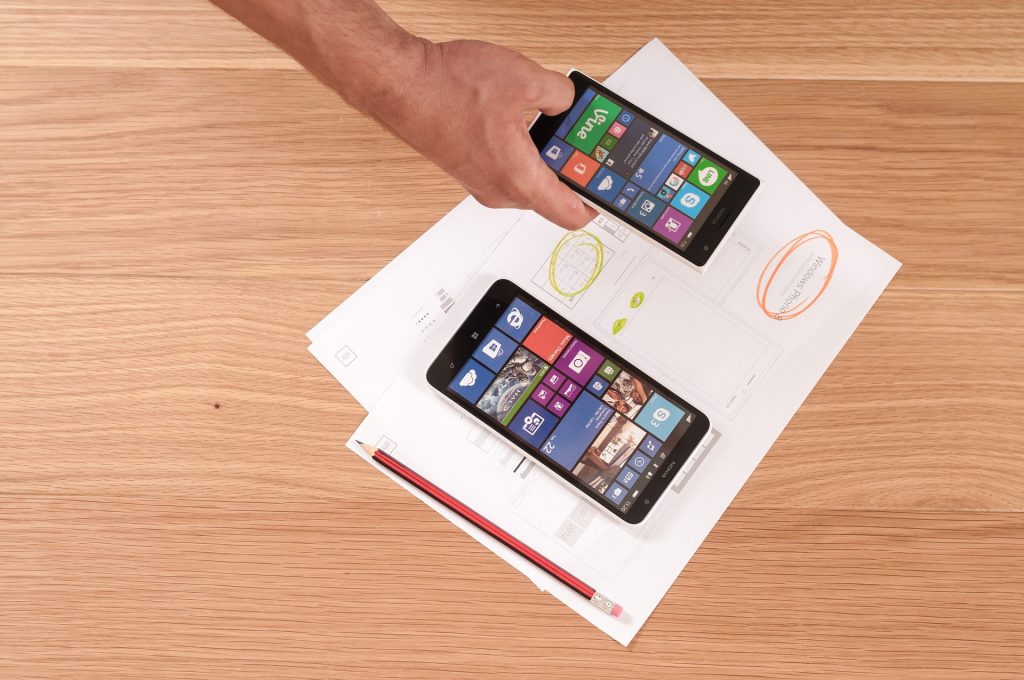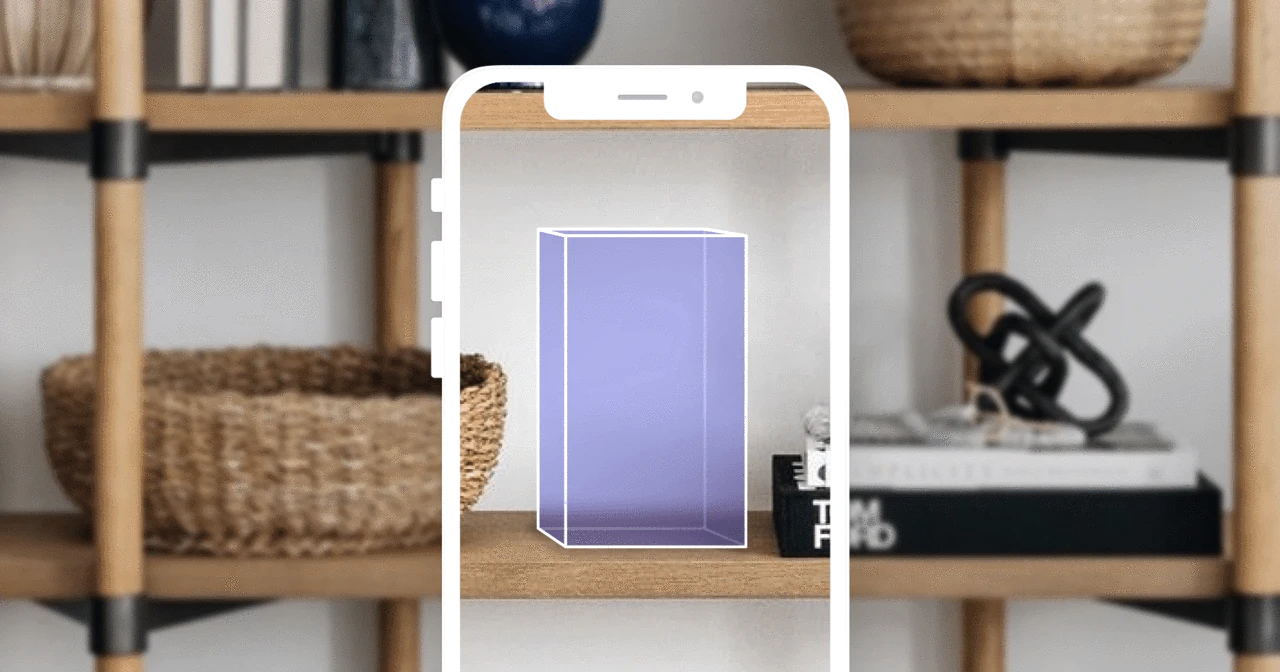User experience has always been a thing, however, with the development of technology and shift in consumer behaviour, new trends begin to enter the market. We have seen a shift from newspapers to digital magazines and now is the time for technology to take a step further into digitising the world.
Microinteractions
You may have heard of the saying that everything lays within the detail. This is especially true when it comes to micro-interactions and the value that they add to UX.
If you take a look around, micro-interactions exist in pretty much every website or application. They allow the consumer to engage with the platform in a different way that is not necessarily essential for the platform to operate effectively.
If you take a social media platform for example, Instagram can very easily operate without the comment section or a liking button, however, the user experience will be incomplete.
Through micro-interactions, businesses are set to take their digital platforms to a whole new level in 2021, to ensure that they provide their users with the most value and the best experience.
An example of development in micro-interactions was when Facebook added multiple emojis as compared to only having a like button. This allows users to express their feeling and emotions about content further with the single click of a button.
Virtual Reality
Over the last several years, consumers have seen a steady progress in the development and innovation of VR headsets. While most prevalent in the gaming industry, VR headsets are also likely to begin their breakthrough in the movie and theatre, sports and reality industries as early as 2021.
As VR begins to mark its territory in the market place, even the healthcare industry can take advantage of it for enhancing treatment of phobias or in education to enhance interactions.
During a global pandemic like Covid-19 that is currently affecting the whole world, many industries are trying to adapt by implementing VR into their digital platforms. For example, due to the inability for real-life viewings, many real estate businesses have begun offering VR supported tours of their properties.
Augmented Reality
For 2021 and the future, augmented reality will become a core fundamental in business and digital interactions. Shopify recently launched “Size Link”, a tool that allows customers to visualize products in their own spaces.
Web designers will have to think outside of the box and take the UX to a whole new level if they want to remain relevant on the internet. Quite simply, UI fixed screens are going to soon become a thing of the past as augmented reality becomes more and more prevalent.
Instead, UX designers will begin to focus on making their digital platforms and the interaction functionalities as close to real-world environment as possible.
Another example of early days augmented reality includes IKEA’s design a kitchen platform which allows the consumer to build their very own kitchen to their exact requirements.
Asymmetry & Split Screen
Asymmetry and split-screen aren’t new to the digital market, however, they are on their way to return in 2021 and be better than ever. It’s worth mentioning that planning ahead your UX strategy is perhaps one of the best things you can.
Running a UX audit is therefore a must-do for your business to start moving into a different direction, in order to understand how user behaviors evolve, and to make sure that your website or app is compliant with the latest trends.
Asymmetry
Over the last several years, asymmetrical website designs have certainly not lacked presence and are set to headline into 2021 and beyond. The proper use of asymmetry can add a lot of character, dynamics and personality to a brand.
As trendsetters, this is the reason why the most luxurious and exclusive fashion companies like Louis Vuitton, Channel and Gucci have been one of the first to introduce asymmetry into their website design.
Split Screen
Split-screen has been a feature for over a decade. Initially, split-screen was meant to be an approach to provide two separate blocks on one screen to display different pieces of information. In 2021, split-screen is set to make a comeback to visually provide a more appealing way to present any type of information just because users like edgy and different content.
While certainly undervalued in a relatively similar digital space for the last five years, UX designers are set to come back and become more important than ever for business as digital technologies like AI and AR begin to break through and grab the attention of consumers in 2021.

